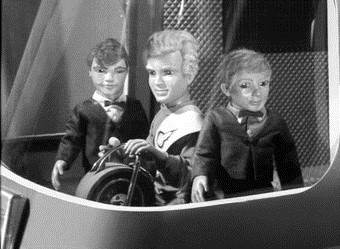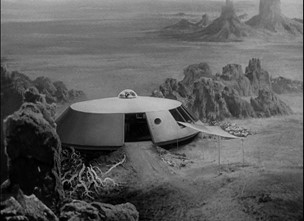
by Jason Sacks
The Earth is starting to collapse.
Smog fills the air of our greatest cities, species are dying throughout the world, and the global population continues to increase geometrically, threatening our very existence as human beings on this planet. Half the people in the world live in extreme poverty while most of the other half worry about falling into poverty. Famine threatens much of the world, even as the world’s arable land decreases due to over-farming.
If things keep going as they have been, we will be facing unparalleled destruction by the end of the century.

Our great thinkers are stepping up to warn us about global destruction. Rachel Carson’s 1962 book Silent Spring is a terrifying description of environmental degradation, while Ralph Nader’s 1965 book Unsafe at Any Speed is a timely reminder the government doesn’t always look out for the interests of everyday people. John Kenneth Galbraith stated the roots of the problem well in his 1958 book The Affluent Society, most people are blind to the destruction we’re creating:
The family which takes its mauve and cerise, air-conditioned, power-steered, and power-braked automobile out for a tour passes through cities that are badly paved, made hideous by litter, blighted buildings, billboards, and posts for wire that should long since have been put underground. They pass into a countryside that has been rendered largely invisible by commercial art… they picnic on exquisitely packaged food from a portable icebox by a polluted stream and go on to spend the night at a park which is a menace to public health and morals. Just before dozing off on an air mattress, beneath a nylon tent, amid the stench of decaying refuse, they may reflect vaguely on the curious unevenness of their blessings. Is this, indeed, the American genius?
Galbraith’s fictional family is all too real, all too likely to overlook the terrible ways we’re destroying our planet. The worst part of his scenario is a sad truth: all these issues are likely to compound, to become worse and worse over time. Eventually these trends will become so powerful, there will be no way to reverse them. If we don't reverse them, our planet is doomed.

Add to those problems the massive impact of the Mathusian theory of population growth, which states (to simplify it dramatically) that population growth is exponential while increases of food, water and other key commodities is linear. Anyone extrapolating out Malthus’s theories will discover our world population is fast outstripping our ability to feed and clothe them. Malthusians believe we’re facing a ticking population bomb – and they also believe too many people are ignoring that bomb.
A new science fiction novel has come around to remind us of that the bomb exists and is ticking.
Make Room! Make Room is a major departure for author Harry Harrison. Harrison is probably best known for his Stainless Steel Rat series, which are light and silly action-adventure stories. In this book he shows his versatility with one of the most compelling and downbeat speculative fiction novels I’ve ever read.
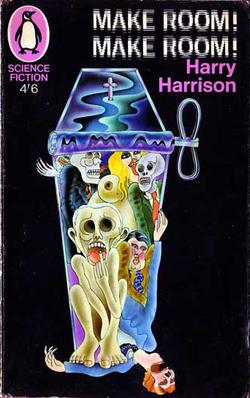
Harrison takes the destruction of the planet to its logical conclusion. By 1999, on the edge of the new millennium, Earth is ravaged. Thousands of species of animals have gone extinct. The world’s population has exceeded 7 billion and continues to grow. Meat and vegetables are commodities more precious than gold. All the oil has been mined from the planet and all the trees have been chopped down.
As Make Room! Make Room! begins, we learn New York City is massively overpopulated. Some 35 million people live in the metropolis, and thousands of people living on the streets. Thousands more live in abandoned cars, now made useless by the lack of oil in the world. Police officers are barely paid, and they live in tiny apartments powered by batteries whose generator is a man riding a bicycle.
Only a small wealthy class of people continue to live in the city, residing in air conditioned, spacious apartments, showering with rare and precious clean water and enjoying the occasional cherished strip of black market steak.
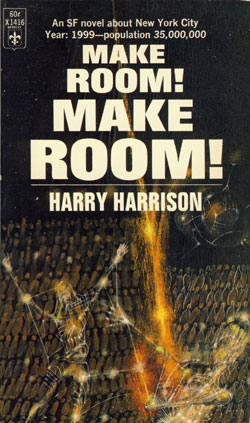
In this world we follow police officer Andrew Rusch as he tries to track down the murderer of a rich man who lives in one of those spacious apartments. We watch Rusch fight through his wretched world to find the killer, find a new love, lose an old companion, and fight like hell to acquire even the most basic things he needs to survive. Even the pathetic SoyLentil steaks are a rare, delicious luxury. Harrison puts us in the well-worn shoes of his characters, forcing us to understand their privations and pain on a personal level.
Make Room! Make Room! is a combination cautionary tale and hard-boiled detective novel, as if Raymond Chandler and Rachel Carson had a child who they gave to Philip K. Dick to raise. Like Dick’s brilliant Dr. Bloodmoney (my favorite book from 1965), Make Room! Make Room! takes place in an anti-utopian society which has experienced a profound collapse in every one of its structures. Unlike Dick’s masterpiece, however, there is little or no catharsis or heroism in Harrison’s book. Everything is misery in Make Room! Make Room!.
Every aspect of Harrison's world brings emotional, financial, or physical pain to the people who live there. The mere act of existing in this anti-utopia is pure torture. And the true sadness of this book is that Rusch and his new girlfriend Shirl only sometimes see this world for the hellhole it is. Other times they wander through the world, like goldfish never seeing the water they’re swimming in.

Harrison does a compelling job of extrapolating out the effects of environmental degradation, and he does a masterful job of portraying governmental breakdown. Despite the presence of police, the world seems nearly lawless, with civil servants shown as woefully unable to help in the world and with rebellions cutting off aqueducts into the city. While politicians argue endlessly about stupid things, bureaucrats cut back on food and water rations. Rioting breaks out in the streets and the police are unable to do anything about it. I’m not sure if Harrison is a libertarian, but his portrayal of government here shows a deep distrust of the net the current presidential administration has endeavored to create for all of us.
Another of Harrison’s main ideas is the blindness most people have to the events they’re part of. In one powerful scene late in the book, the government orders a large family to move into the apartment Andy and Shirl are sharing. The family is huge, with ten kids, a couple who have died and a few more on the brink of death. The family are filthy and pathetic, loud, obnoxious and self-involved. They have no class, which bothers Andy and Shirl deeply. But more than class or loudness, the family is horrible to live with because they are representative of the larger, broken society in which they live.

They have too many kids. Those kids get a maximum of three years education. Nobody can find a job. The family live on government rations. They have nothing to look forward to, nothing to strive for, no reason to think things will ever improve for them. Life is misery and eventually you die. If you’re rich and connected, perhaps the police will track down your murderer. If not, you’ll just die like the hundreds who die each day, unloved, unmourned, just another boring statistic in this Malthusian wasteland.
Make Room! Make Room! is a professionally written, powerful novel which took me to a place I don’t want to visit again. Harrison creates a rich and compelling anti-utopia extrapolated from the pages of The New York Times. He shows us a frightful future that seems all too likely to happen. Maybe this book will do a little bit to spur readers to fight for our ecology and to keep population growth low. Malthus would approve.
3.5 stars.
Tune in to KGJ, our radio station! We start where Top 40 stops!

![[June 6, 1966] The World is Ending (Make Room! Make Room! by Harry Harrison)](https://galacticjourney.org/wp-content/uploads/2021/06/660606mr-250x372.jpg)


![[May 18, 1966] What's the Difference? (Two versions of <i>Mindswap</i> by Robert Sheckley)](https://galacticjourney.org/wp-content/uploads/2021/05/MNDSWPHRXV1966-367x372.jpg)


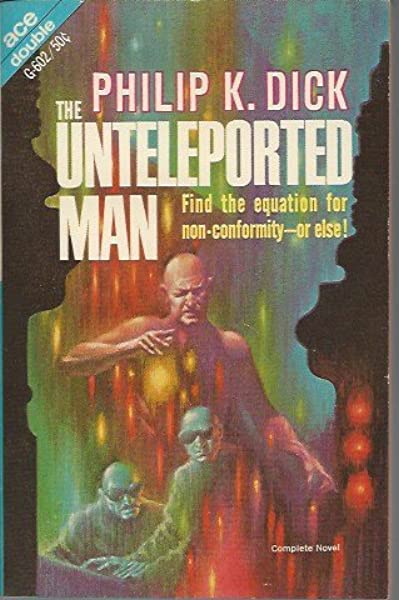

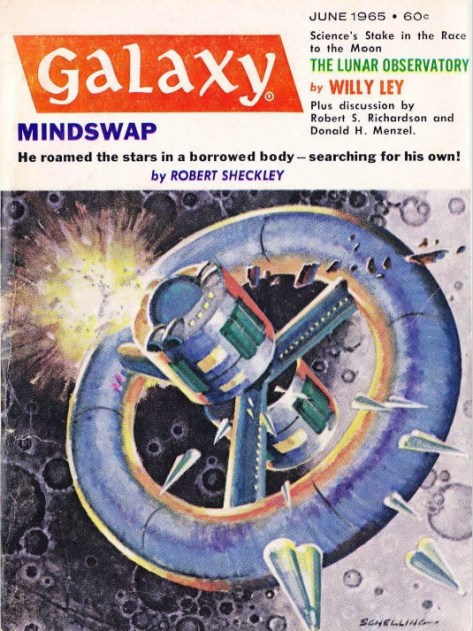


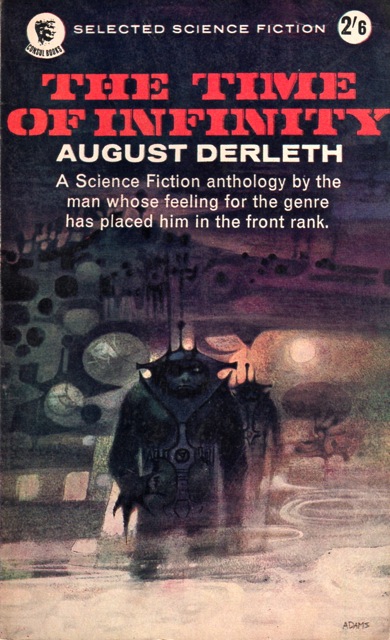



![[May 16, 1966] Spies, Poets and Linguists: <i>Babel-17</i> by Samuel R. Delany](https://galacticjourney.org/wp-content/uploads/2021/05/BBEL1966-386x372.jpg)




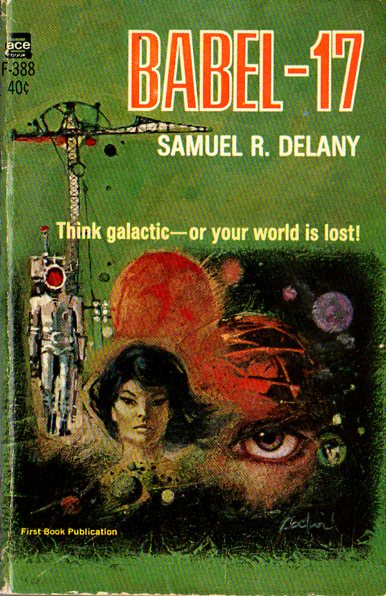



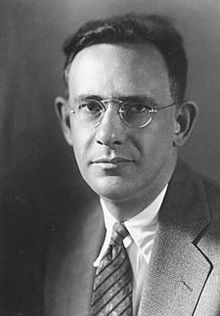
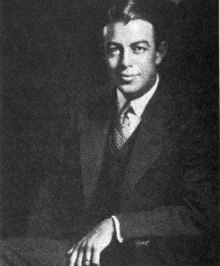
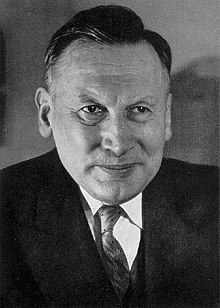
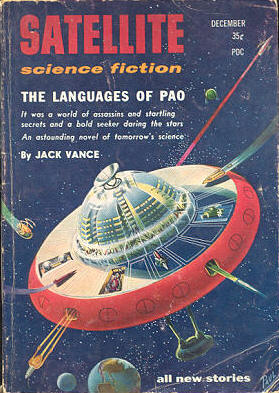
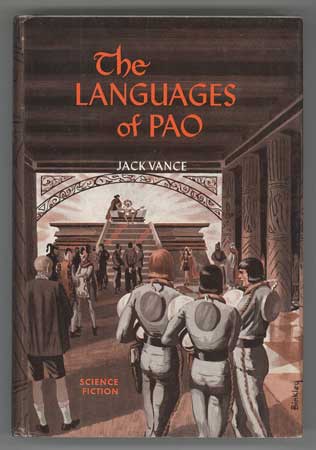
![[May 12, 1966] Equal & Opposite Reaction (<i>The Symmetrians</i>)](https://galacticjourney.org/wp-content/uploads/2021/05/Sym5a.jpg)


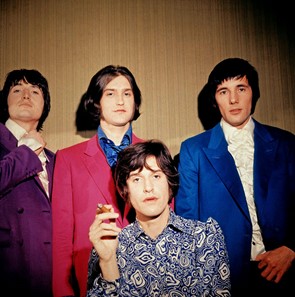



![[April 18, 1966] Rocannon and the Kar-Chee](https://galacticjourney.org/wp-content/uploads/2021/04/660418books-512x372.jpg)






![[April 12, 1966] The Degenerate Modern Era](https://galacticjourney.org/wp-content/uploads/2021/04/1966-Fanny-Hill-Paperback-covers-672x372.png)






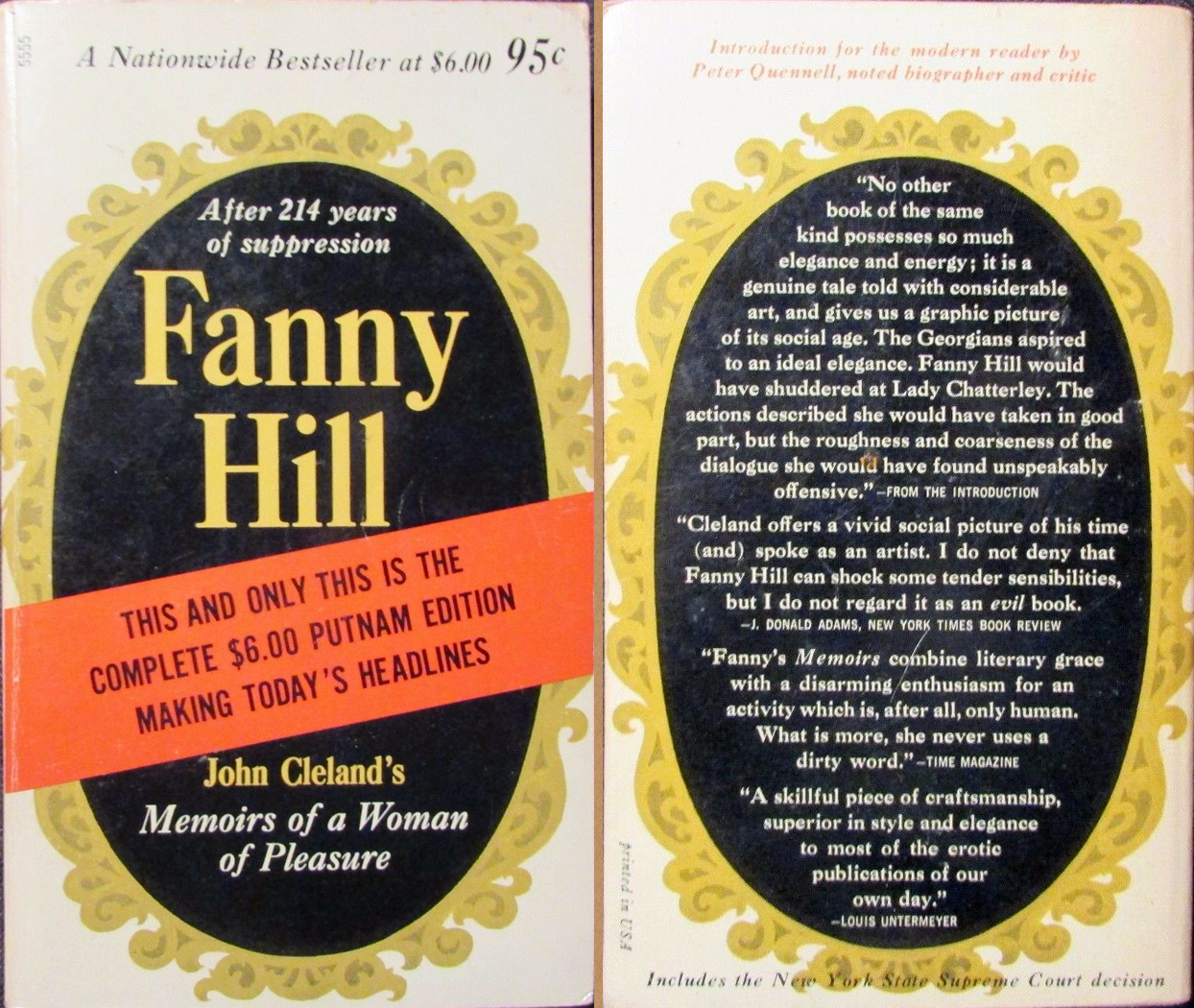
![[March 20, 1966] Two of A Kind (March Galactoscope #2)](https://galacticjourney.org/wp-content/uploads/2021/03/Books.jpg)



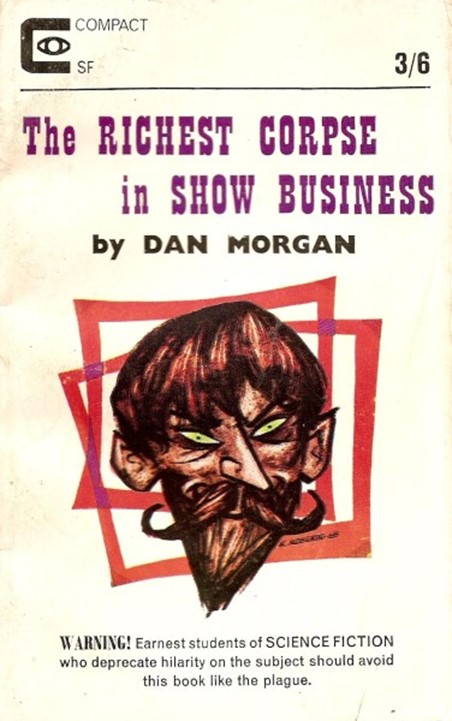





![[March 12, 1966] In Aid of Earth and Other Worlds (Jack Vance's Ace Double and Tom Purdom's latest)](https://galacticjourney.org/wp-content/uploads/2021/03/660312cover-672x372.jpg)






![[March 10, 1966] Top Heavy (April 1966 <i>Galaxy</i>)](https://galacticjourney.org/wp-content/uploads/2021/03/660310cover-388x372.jpg)


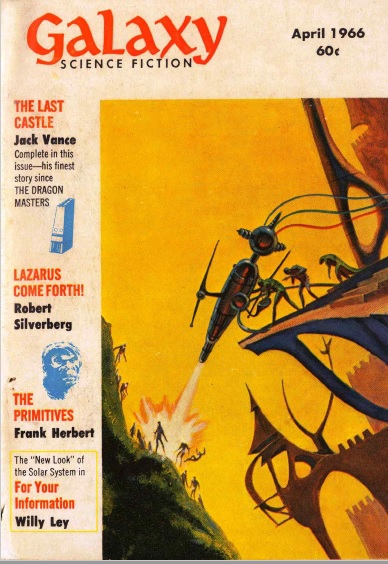
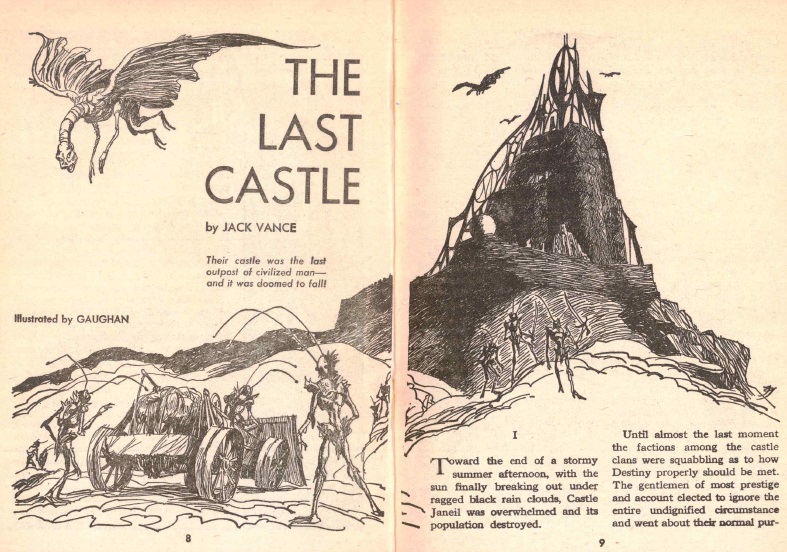



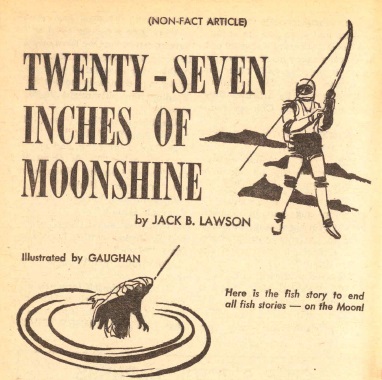

![[February 20, 1966] An Embarrassment of Riches (February Galactoscope #2)](https://galacticjourney.org/wp-content/uploads/2021/02/Montage-Image.jpg)

